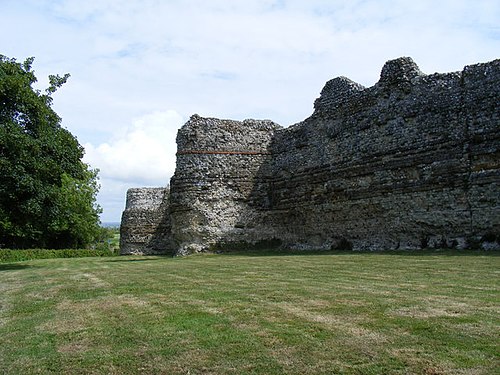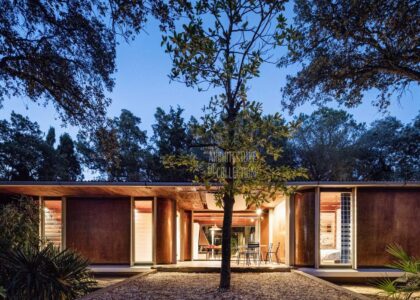Welcome to the village romain d’Anderitum, a fascinating site that offers a glimpse into the lives of the Gallo-Romans who once thrived here. Located in the French department of Lozère, Anderitum was the capital of the civitas of the Gabali from the late 1st century BC until around the 5th century AD. This ancient town was likely founded during the reign of Augustus, following a settlement of the La Tène culture, and expanded to cover about 40 hectares at its peak in the 2nd century.
As you explore, imagine the bustling streets of this once-thriving town, organized in a precise orthogonal grid. In its heyday, Anderitum boasted several domus, an amphitheater or theater-amphitheater, two thermal baths, and a civic center complete with a forum, curia, and basilica. This infrastructure highlights the Roman influence on local life, blending local traditions with Roman customs and governance.
However, Anderitum’s prominence was short-lived. By the 3rd century, the town began to decline, a fate shared by many Roman settlements as the empire’s control weakened. Despite its decline, the site remained significant enough to be protected as historical monuments in the 20th century, ensuring that future generations can appreciate its historical importance.
The town’s name, Anderitum, is derived from the Gaulish words ‘ande’ (an intensive prefix) and ‘rito’ (meaning ‘ford’), suggesting the presence of a significant crossing point nearby. It later became known as ‘ad Gabalos’, reflecting its role as the center of the Gabali people, a name that evolved into Javols over the centuries.
Today, the site is enhanced with landscape restorations that bring the ancient street layout to life, and virtual reality experiences allow visitors to visualize the grandeur of Anderitum at its peak. The stories of its people, the Gabali, and their interactions with the Roman empire, offer a rich tapestry of cultural exchange and historical significance.
As you continue your journey through Anderitum, consider the strategic decisions made by Augustus to assert Roman influence over the Gabali, and the archaeological efforts that have uncovered this treasure trove of history. This site stands as a testament to the complex and dynamic history of Roman Gaul.





